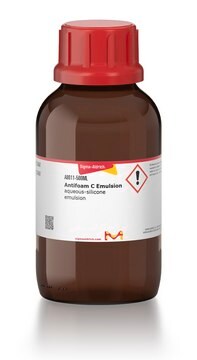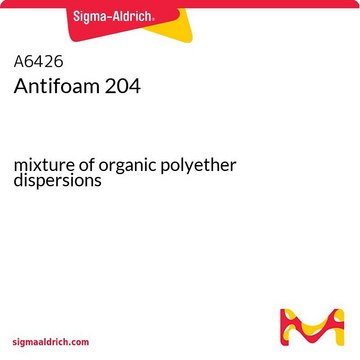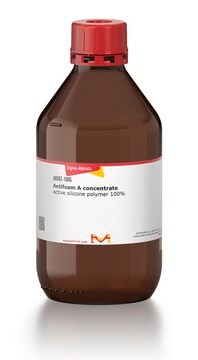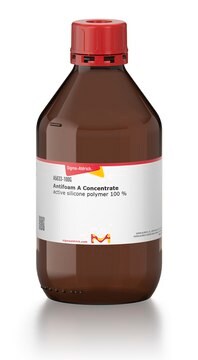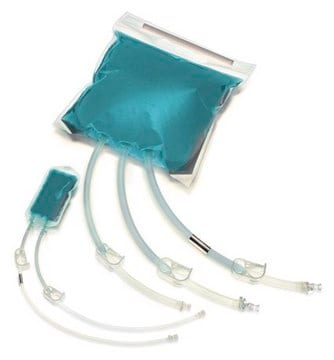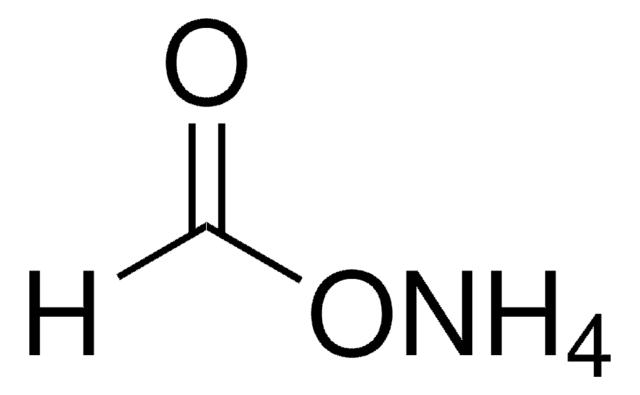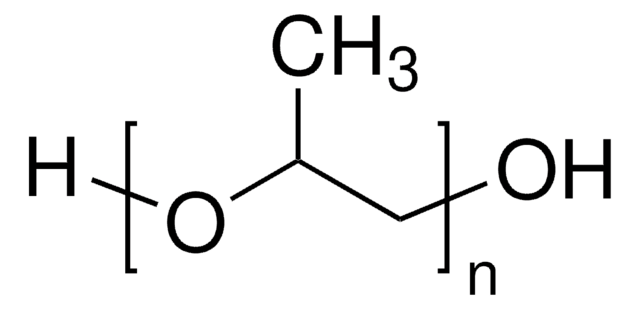A8582
Antifoam SE-15
aqueous emulsion for bacterial and mammalian systems
Sinônimo(s):
silicone-based antifoam
About This Item
Produtos recomendados
Nível de qualidade
forma
emulsion (aqueous)
concentração
10% (active silicon)
técnica(s)
cell culture | hybridoma: suitable
solubilidade
H2O: soluble (effective hot or cold.)
densidade
1.0 g/mL at 25 °C
aplicação(ões)
microbiology
temperatura de armazenamento
room temp
adequação
(Mammalian (suspension))
bacteria (fermentation)
Descrição geral
Aplicação
- in the preparation of ramified rolling circle amplification (RAM) amplification buffer.
- to find its effects on cell viability, virus infectivity and PCR (polymerase chain reaction) performance.
- as a constituent of phosphate-buffered saline (PBS) for the determination of total antioxidant status (TAOS) by 2,2′-azino-bis(3-ethylbenzothiazoline-6-sulfonic acid (ABTS) assay.
- as a component of autoinduction expression culture.
- as a component of cyclic adenosine monophosphate (cAMP) detection buffer.
Características e benefícios
- Controls foaming in microbial culture flasks or fermentations
- Non-toxic to the culture medium
- Can be pumped to fermenter on an as-needed basis
Componentes
Nota de preparo
suspensions should be used immediately.
produto relacionado
Palavra indicadora
Warning
Frases de perigo
Declarações de precaução
Classificações de perigo
Eye Irrit. 2 - STOT RE 2 Inhalation
Órgãos-alvo
Lungs
Classe de risco de água (WGK)
WGK 1
Certificados de análise (COA)
Busque Certificados de análise (COA) digitando o Número do Lote do produto. Os números de lote e remessa podem ser encontrados no rótulo de um produto após a palavra “Lot” ou “Batch”.
Já possui este produto?
Encontre a documentação dos produtos que você adquiriu recentemente na biblioteca de documentos.
Os clientes também visualizaram
Nossa equipe de cientistas tem experiência em todas as áreas de pesquisa, incluindo Life Sciences, ciência de materiais, síntese química, cromatografia, química analítica e muitas outras.
Entre em contato com a assistência técnica